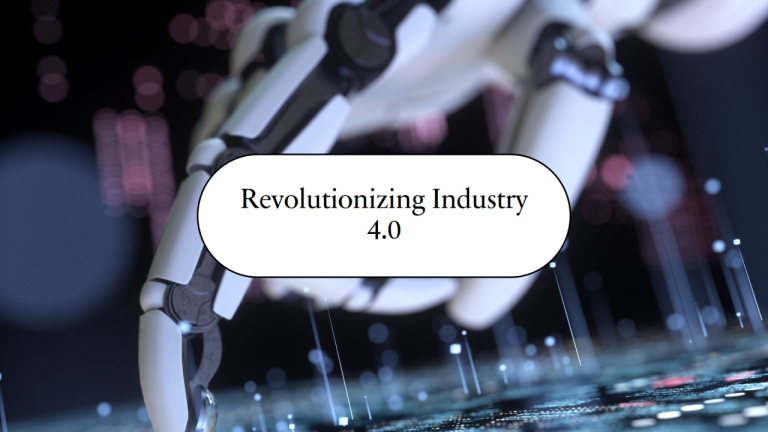As the mining industry continues to evolve, transportation systems are at the forefront of innovation, shaping the future of resource extraction. From electrification to autonomous vehicles, the sector is embracing groundbreaking trends aimed at improving efficiency, reducing environmental impact, and enhancing safety. Here, we explore some of the key developments poised to redefine mining transportation in the coming years.
Electrification of Mining Transport Vehicles
One of the most significant trends is the transition from diesel-powered vehicles to electric alternatives. Major mining companies are investing heavily in electric haul trucks, loaders, and other machinery. These vehicles not only reduce greenhouse gas emissions but also lower operational costs associated with fuel and maintenance. Companies like Caterpillar and Komatsu have already introduced electric mining vehicles, and the trend is gaining momentum as battery technology continues to advance.
Autonomous Haulage Systems
Automation is transforming the way materials are transported in mines. Autonomous haul trucks and conveyor systems are increasingly being deployed to improve efficiency and safety. These systems rely on advanced sensors, AI algorithms, and GPS technology to navigate complex terrains without human intervention. By reducing the risk of human error, autonomous vehicles minimize accidents and downtime, making operations more reliable and cost-effective.
Integration of IoT and Smart Technologies
The Internet of Things (IoT) is playing a crucial role in optimizing mining transportation. Smart sensors embedded in vehicles and equipment collect real-time data on performance, location, and environmental conditions. This data is analyzed to optimize routes, predict maintenance needs, and enhance decision-making processes. Smart technologies enable seamless communication between different transportation systems, ensuring smooth operations and reducing delays.
Development of Hydrogen-Powered Vehicles
While electrification is leading the way, hydrogen-powered vehicles are emerging as a promising alternative, particularly for heavy-duty applications. Hydrogen fuel cells offer longer ranges and faster refueling times compared to battery-electric vehicles, making them suitable for large-scale mining operations. Several pilot projects are underway to test the feasibility of hydrogen-powered mining equipment, signaling a potential shift in the industry.
Advanced Material and Lightweight Design
Innovations in materials science are contributing to the development of lightweight yet durable vehicles and equipment. By reducing the weight of transport systems, energy consumption is minimized, leading to improved efficiency. Advanced composites and alloys are being incorporated into vehicle design, enabling better performance and longevity under harsh mining conditions.
Sustainable and Environmentally Friendly Practices
The push for sustainability is driving mining companies to adopt environmentally friendly transportation practices. Electric and hydrogen vehicles, combined with renewable energy sources, are helping to reduce the carbon footprint of mining operations. Additionally, companies are exploring circular economy approaches, such as recycling and repurposing old equipment, to further enhance sustainability.
Challenges and Opportunities
While these trends offer numerous benefits, challenges remain. High upfront costs, limited infrastructure for electric and hydrogen vehicles, and technical complexities of automation are barriers to widespread adoption. However, ongoing research and collaboration between mining companies, equipment manufacturers, and technology providers are expected to address these issues.
Conclusion
The future of mining transportation is characterized by innovation and sustainability. Electrification, automation, hydrogen technology, and smart systems are transforming the industry, promising safer, more efficient, and eco-friendly operations. As these trends continue to develop, they will not only revolutionize mining transportation but also set new benchmarks for the entire sector, ensuring a more sustainable and prosperous future.


